১২ পৌষ ১৪৩২
Byrnihat in Assam-Meghalaya is world's most polluted city in 2024
22 April 2025 19:04 PM
NEWS DESK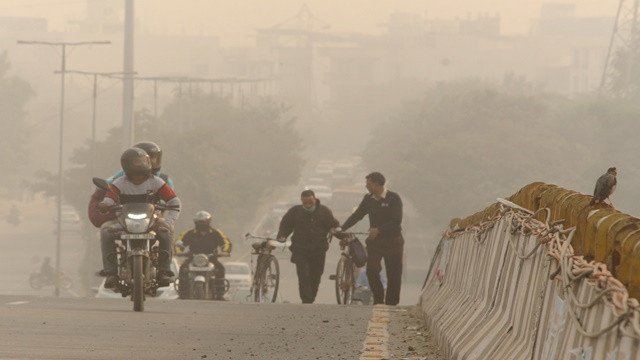
A small city on the Meghalaya-Assam border, nearly 2,000 kilometers away from Delhi, is the most polluted in the world, according to a report published by a global pollution watchdog. Swiss air technology company IQAir's 2024 World Air Quality Report, which was released earlier this week, has said that residents of Byrnihat in Meghalaya breathe the most toxic air in the world.
A small industrial hub that is home to several factories, including distilleries, iron and steel plants, Byrnihat recorded an annual average PM2.5 concentration of 128.2 micrograms per cubic metre, as against the World Health Organization's (WHO) limit of 5 micrograms per cubic metre. Byrnihat connects Shillong in Meghalaya to Guwahati in Assam.
PM2.5 refers to tiny particulate pollutants smaller than 2.5 microns, which can enter the lungs and bloodstream, leading to breathing problems, heart disease and even cancer. The sources include vehicle exhausts, industrial emissions and the burning of wood or crop waste.
According to the report, Byrnihat is followed by Delhi, Karaganda (Kazakhstan), Lahore (Pakistan) and Faridabad (Haryana, India) as the most polluted cities in the world.
Two-year-old Sumaiya Ansari, a resident of India's Byrnihat town which is ranked the world's most polluted metropolitan area by Swiss Group IQAir, was battling breathing problems for several days before she was hospitalised in March and given oxygen support.
She is among many residents of the industrial town on the border of the northeastern Assam and Meghalaya states - otherwise known for their lush, natural beauty - inflicted by illnesses that doctors say are likely linked to high exposure to pollution. Byrnihat's annual average PM2.5 concentration in 2024 was 128.2 micrograms per cubic meter, according to IQAir, over 25 times the level recommended by the WHO.
PM2.5 refers to particulate matter measuring 2.5 microns or less in diameter that can be carried into the lungs, causing deadly diseases and cardiac problems. "It was very scary, she was breathing like a fish," said Abdul Halim, Ansari's father, who brought her home from hospital after two days.
According to government data, the number of respiratory infection cases in the region rose to 3,681 in 2024 from 2,082 in 2022. "Ninety percent of the patients we see daily come either with a cough or other respiratory issues," said Dr. J Marak of Byrnihat Primary Healthcare Centre.
Residents say the toxic air also causes skin rashes and eye irritation, damages crops, and restricts routine tasks like drying laundry outdoors. "Everything is covered with dust or soot," said farmer Dildar Hussain.
Critics say Byrnihat's situation reflects a broader trend of pollution plaguing not just India's cities, including the capital Delhi, but also its smaller towns as breakneck industrialisation erodes environmental safeguards.
Unlike other parts of the country that face pollution every winter, however, Byrnihat's air quality remains poor through the year, government data indicates. Home to about 80 industries - many of them highly polluting - experts say the problem is exacerbated in the town by other factors like emissions from heavy vehicles, and its "bowl-shaped topography".
"Sandwiched between the hilly terrain of Meghalaya and the plains of Assam, there is no room for pollutants to disperse," said Arup Kumar Misra, chairman of Assam's pollution control board. Community Seed bank is helping the farmers to access their seeds at the right time when they need to plant,
The town's location has also made a solution tougher, with the states shifting blame to each other, said a Meghalaya government official who did not want to be named.
Since the release of IQAir's report in March, however, Assam and Meghalaya have agreed to form a joint committee and work together to combat Byrnihat's pollution.
Besides Byrnihat, Delhi and Faridabad, Punjab's Mullanpur, Loni, Gurugram, Ganganagar, Greater Noida, Bhiwadi, Muzaffarnagar, Hanumangarh and Noida are on the list.
Overall, 35% of the Indian cities reported annual PM2.5 levels exceeding 10 times the WHO limit, the report said. However, India saw a 7% decline in PM2.5 concentrations in 2024, averaging 50.6 micrograms per cubic metre, compared to 54.4 micrograms per cubic metre in 2023.






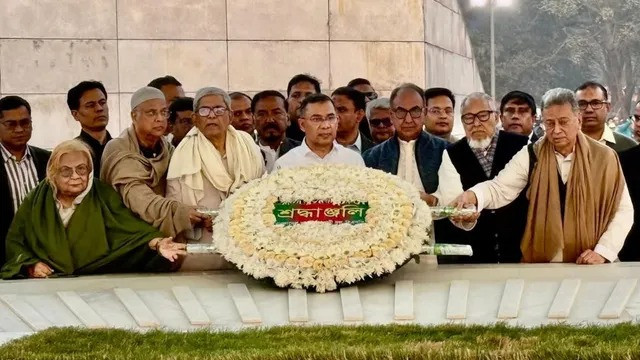

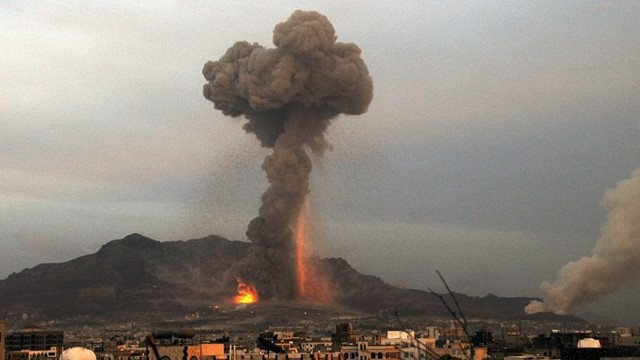
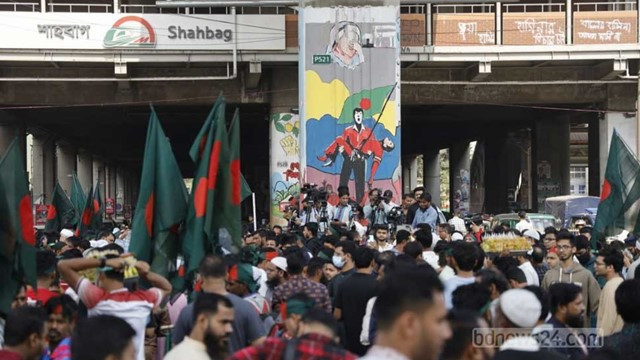

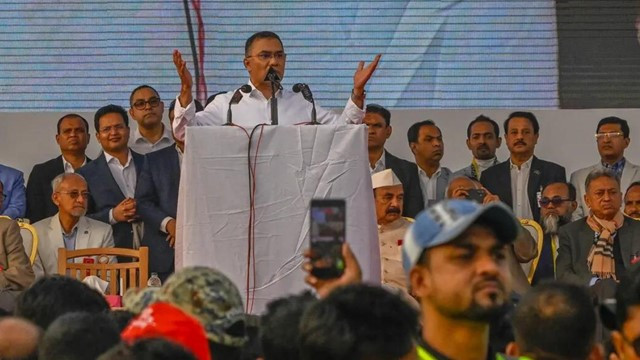




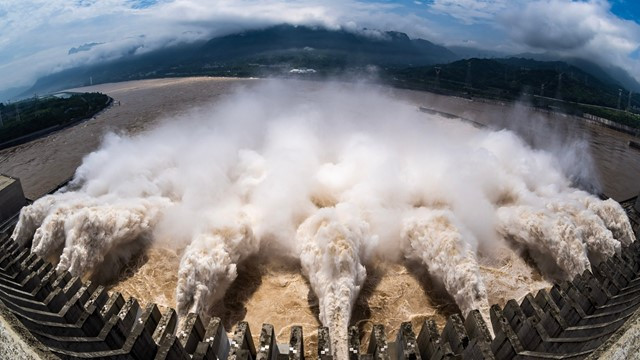


Comments Here: